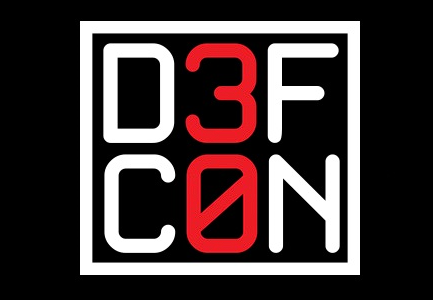A Walk Through the NSX Design Guide (Part 1)

In my personal journey to understand NSX, I've found the greatest understanding to come from the NSX Design Guide. As it so happens, when I decided to write this blog (Dec 30, 2022), I noticed VMware released a new design guide on December 5th. This gave the perfect opportunity to write new blog posts as they relate to topics in the design guide. My intention is to write a series of blog post that give concrete examples corresponding to the section headings in the design guide. The reader will hopefully get a better understanding of the ideas being conveyed in the design guide, and I get to flesh out my understanding of the topic by explaining it. The NSX design guide can be found here: https://communities.vmware.com/t5/VMware-NSX-Documents/VMware-NSX-T-Reference-Design/ta-p/2778093?attachment-id=110654 Starting on page 18, we've got an introduction to the NSX Architecture Components. To start, we've got the NSX management cluster. NSX can function with only a single NSX ...


